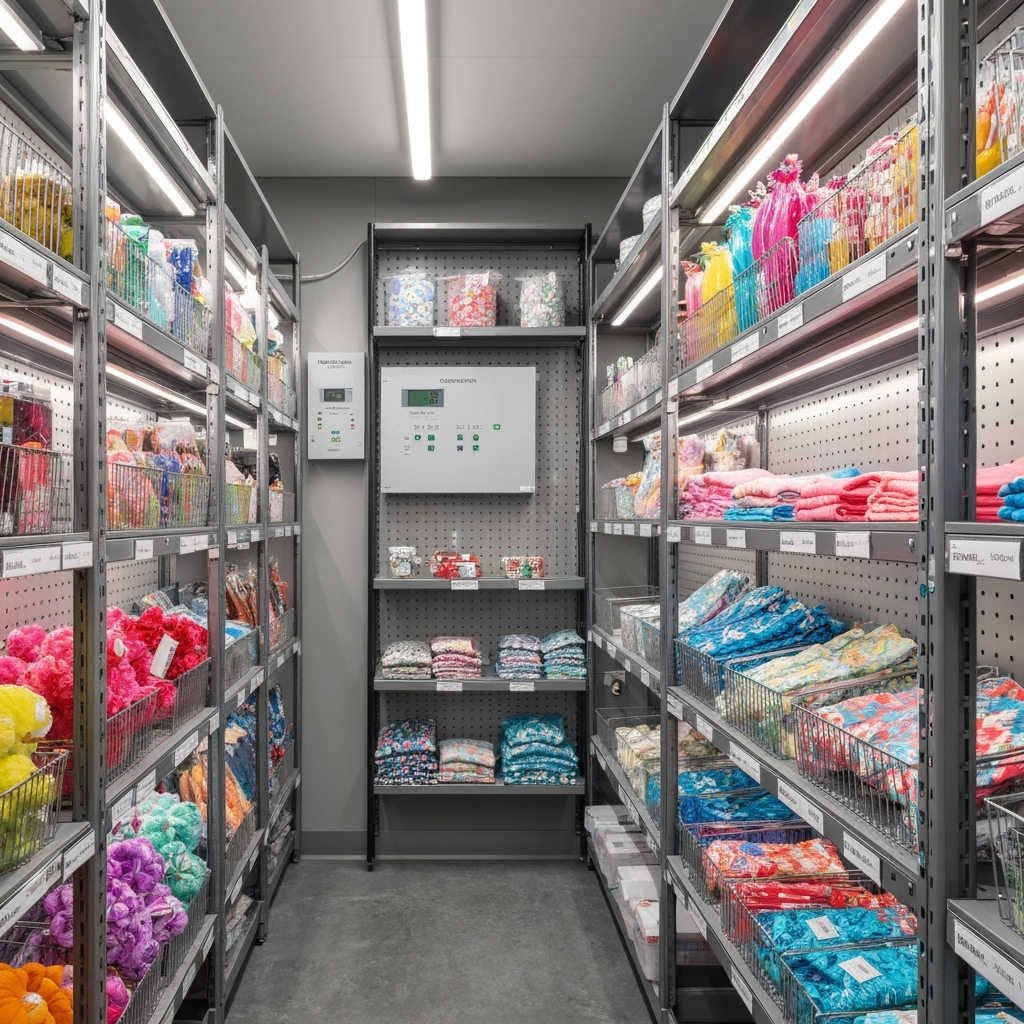Seasonal Storage Success: Temperature-Controlled Solutions for Retail Inventory Management

For retail businesses, managing seasonal inventory can be a complex balancing act. Temperature-controlled storage units offer a strategic solution for preserving product quality while maintaining efficient inventory management throughout the year. This guide will help you maximize your seasonal storage strategy using climate-controlled units.
Why Temperature Control Matters for Retail Inventory
Seasonal merchandise often requires specific storage conditions to maintain its quality and value. Temperature fluctuations can affect various products differently:
- Clothing and textiles can develop mold or mildew in humid conditions
- Electronics may be damaged by extreme temperatures
- Specialty items like candles or cosmetics can deteriorate in heat
- Holiday decorations may warp or fade without proper climate control
Setting Up Your Climate-Controlled Storage System

Creating an efficient storage system requires careful planning and organization:
1. Temperature Monitoring
- Install digital thermometers for constant monitoring
- Set up alerts for temperature fluctuations
- Maintain consistent temperature between 65-85°F
- Control humidity levels between 45-55%
2. Storage Layout
- Use sturdy shelving systems for organized storage
- Create clear aisles for easy access
- Label sections by season or product type
- Implement a rotating system for seasonal items
Inventory Management Best Practices
Effective inventory management in climate-controlled storage requires systematic approaches:
Digital Tracking Systems
- Implement barcode or QR code scanning
- Use inventory management software
- Track item locations and quantities
- Set up automated reorder points
Seasonal Transition Planning
- Schedule inventory rotations in advance
- Plan for peak season storage needs
- Maintain buffer space for unexpected inventory
- Document storage location changes
Maximizing Storage Unit Space
Make the most of your climate-controlled storage unit with these space-optimization strategies:
- Utilize vertical space with appropriate shelving
- Group similar items together
- Create a map of storage locations
- Use clear storage containers for visibility
- Implement a first-in, first-out (FIFO) system
Protection and Security Measures
Ensure your inventory remains safe and secure:
- Regular maintenance checks of climate control systems
- Security monitoring and access control
- Insurance coverage for stored merchandise
- Emergency response plan for climate control failures
Cost Management and ROI
Maximize the return on your storage investment:
- Calculate storage costs per square foot
- Compare against traditional warehouse options
- Track energy efficiency and climate control costs
- Monitor inventory carrying costs
Conclusion
Temperature-controlled storage units provide an ideal solution for managing seasonal retail inventory. By implementing proper organization systems, maintaining optimal climate conditions, and following best practices for inventory management, you can protect your merchandise while maintaining efficient operations throughout the year.
Ready to optimize your seasonal storage strategy? Contact Public Storage to find the perfect climate-controlled unit for your retail inventory needs.










Leave a Reply